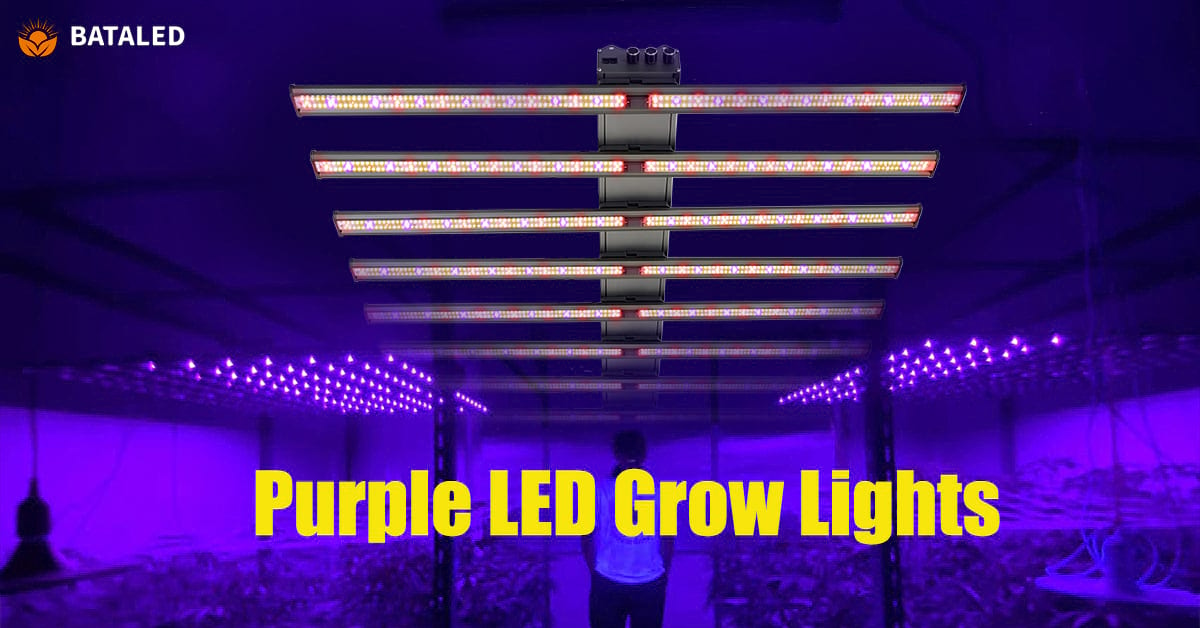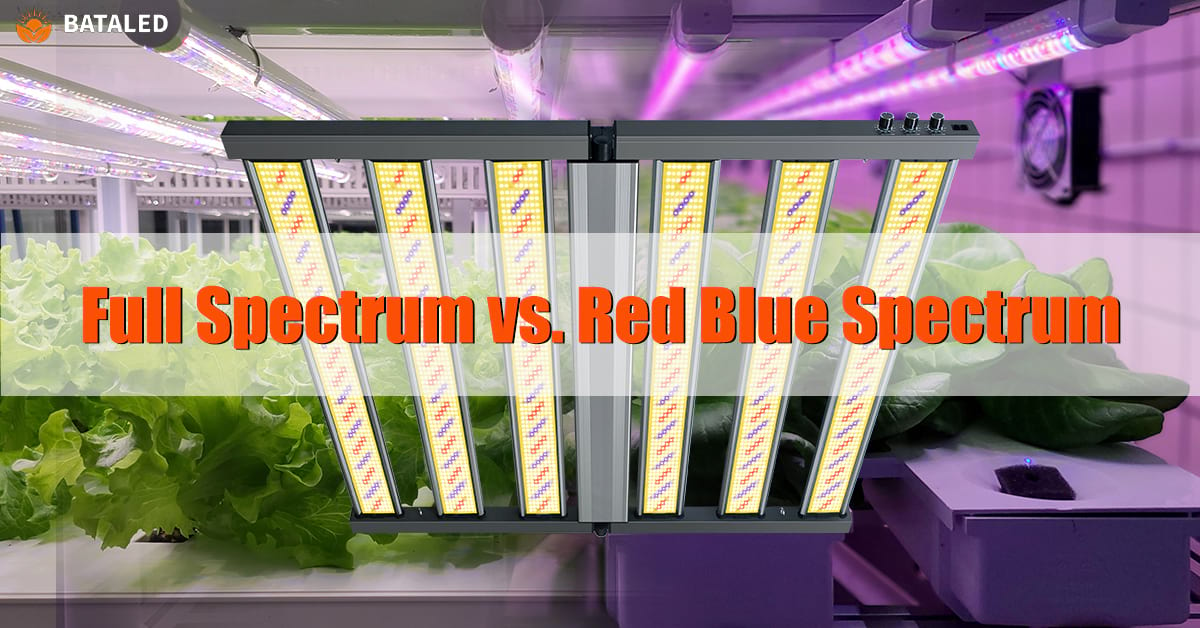Cannabis Grow Room Setup: The Ideal Temperature and Humidity for Weed
Creating a successful indoor cannabis grow room involves more than just using premium seeds and expensive nutrients. Many growers focus first on grow lights, tools, and growing media but overlook the most fundamental and critical factors: temperature and humidity.
Among various environmental factors, temperature and humidity play a key role, quietly influencing plant health, growth rate, yield, and the quality of the final product. This guide provides a detailed and easy-to-understand overview of how precise control of temperature and humidity can help you create the ideal environment for growing cannabis.
Why Temperature and Humidity Matter for Cannabis
Temperature and humidity are not just numbers on a chart; together, they form the air environment that supports plant respiration and growth, directly affecting every physiological process. From photosynthesis in the leaves to water and nutrient uptake by the roots, and transpiration for cooling, all these activities heavily rely on the surrounding temperature and humidity.
Unlike animals, plants can’t move to seek a more comfortable environment. Therefore, it’s the grower’s responsibility to provide a stable and suitable space. Proper temperature and humidity ensure efficient photosynthesis and respiration, promoting healthy growth, while improper levels can lead to various issues.
First, imbalanced temperature and humidity can directly encourage mold and pests:
-
During the flowering stage, high humidity (above 60%) can lead to outbreaks of Botrytis (bud rot) and powdery mildew, which can destroy months of effort and result in total crop loss.
Second, an unsuitable environment causes persistent stress:
-
Excessively high temperatures (above 30°C) inhibit photosynthesis, causing leaf burn, curling, and excessive transpiration. Excessively low humidity causes plants to close their stomata to conserve water, halting CO₂ and nutrient absorption and stunting growth.
These stressors force the plant to focus on survival rather than growth, reducing potency, flavor, and yield. For commercial growers, this means financial risk. Thus, precise environmental control is essential not only for plant health but also for ensuring product consistency and market value.
Key Science Behind Climate Control: Understanding Temperature, Humidity, and VPD
Temperature and humidity are not independent; they are deeply interconnected. Understanding this relationship is essential for effective climate control.
Warmer air can hold more moisture. This means that at the same relative humidity (RH), higher temperatures mean more absolute moisture. This is why lowering the temperature is an effective way to reduce humidity.
For example, during cold nights, the RH in a grow tent can spike because cooler air has less capacity to hold moisture. Excess moisture may condense into dew—this is the dew point. During the flowering stage, it’s crucial to ensure the ambient temperature remains above the dew point to prevent condensation within dense buds, which can cause mold.
Don’t fear day-night temperature variations. A natural drop of 5-10°F (approx. 3-6°C) at night helps plants rest and recover. In late flowering, it can stimulate anthocyanin production (bringing out purple hues) and enhance terpene synthesis.
Beyond temperature and humidity, VPD (Vapor Pressure Deficit) is a more advanced concept. It measures the difference in vapor pressure between the plant’s leaves and the surrounding air. This difference drives transpiration—the “engine” pulling water and nutrients upward from the roots.
- Low VPD (too humid): The engine lacks power; plants can’t transport nutrients effectively, increasing mold risk.
- High VPD (too dry): The engine overloads, causing excessive water loss, stomatal closure, and halted growth.
By combining temperature and humidity, VPD offers a more precise environmental management metric than either measure alone.
The chart above shows the ideal temperature, humidity, and VPD ranges for cannabis growth. Green indicates optimal VPD; orange is acceptable; red signals imbalance. High VPD causes stomata to close, risking dehydration; low VPD also closes stomata, reducing transpiration and photosynthesis. Controlling VPD by adjusting temperature and humidity is essential for optimizing water and nutrient uptake and achieving maximum growth.
How to Calculate VPD in Cannabis Cultivation
To calculate VPD, you need the temperature and relative humidity of your grow space, plus the saturation vapor pressure (SVP) at that temperature.
Use the formula:
VPD = ((100 – RH) / 100) * SVP
Example: If your grow room is 28°C with 75% RH, and the SVP at 28°C is 3779 Pa:
VPD = ((100 – 75) / 100) * 3779 = 0.25 * 3779 = 945 Pa = 9.45 hPa
Although the calculation can be complex, many free online VPD calculators simplify the process.
The Best Temperature and Humidity by Each Growth Stage
Let’s apply these theories practically. The table below provides a clear, stage-by-stage reference. Remember, these are target ranges; fine-tune based on your specific environment and strain.
| Growth Stage | Day Temperature | Night Temperature | Relative Humidity (RH) | Key Goals & Notes |
|---|---|---|---|---|
| Seedling/Cloning | 20-25°C (68-77°F) | 18-22°C (64-72°F) | 65-80% | High humidity reduces leaf transpiration; use a propagation dome. |
| Vegetative | 22-28°C (71-82°F) | 18-24°C (64-75°F) | 40-70% | Lower humidity gradually; reduce by ~5% weekly to avoid stress. |
| Flowering | 20-26°C (68-79°F) | 18-24°C (64-75°F) | 40-50% | Avoid RH >60% to prevent mold; keep temps below 28°C to preserve terpenes. |
| Late Flowering | 18-24°C (64-75°F) | 15-20°C (59-68°F) | 30-40% | Lower humidity and night temperatures stimulate resin production and color. |
| Drying | 15-21°C (60-70°F) | – | 50-60% | Slow dry for 7-14 days in darkness with good airflow to preserve flavor & potency. |
| Curing | ~20°C (68°F) | – | 58-65% | Use sealed jars with humidity control; burp regularly to enhance quality. |
-
Seedling Stage: Like infants, seedlings need warm, humid care. High humidity prevents delicate leaves from losing water faster than their underdeveloped roots can absorb.
-
Vegetative Stage: Plants grow vigorously. With stronger roots, gradually lower humidity to mimic nature. A 5% weekly reduction avoids stress.
-
Flowering Stage: High risk and reward. Dense flowers reduce airflow; any high humidity invites mold. Prioritize keeping RH below 50% with good air circulation.
-
Late Flowering: Advanced techniques apply. Lower humidity (to ~30%) and an increase in day-night variation signal “autumn,” boosting resin production for better aroma, flavor, and appearance.
-
Drying & Curing: Almost as important as growing. Slow drying in a cool, dark, well-ventilated space at 60% RH for 7-14 days is key to top quality.
How to Control Your Grow Room’s Temperature and Humidity
Knowing target ranges is one thing; achieving them requires the right tools and methods.
Before buying equipment, remember the golden rule: Monitor first, then act. Invest in a reliable digital hygrometer/thermometer (e.g., SensorPush or Govee) with app monitoring. Understand your environment before adjusting it.
Basic equipment includes:
- Cooling: AC, exhaust fans, oscillating fans.
- Heating: Space heaters, heat mats.
- Dehumidifying: Dehumidifiers (most effective), AC (also dehumidifies while cooling).
- Humidifying: Ultrasonic humidifiers (most common), water buckets or wet towels (low-cost temporary solutions).
Practical Tips:
1. Air Circulation is Key: Use oscillating fans above and below the canopy to eliminate stagnant air and prevent microclimates. For commercial growers, a sealed room with dehumidifiers and CO₂ injection offers precise, energy-efficient control.
2. Light-Temperature Synergy: High-quality LED grow lights (like BATA LED) produce less radiant heat than HPS lights. You may need slightly higher air temperatures (e.g., 26-28°C) for optimal leaf photosynthesis (25-28°C). BATA LED’s full-spectrum design provides ample PAR with better heat management.
3. Biological Regulation: A low-cost trick. Increase plant density or reduce ventilation to raise humidity via transpiration. To lower humidity, prune leaves or increase spacing.
Common Problems & Pro-Tips
Even the best plans encounter issues. Learn to diagnose problems quickly and apply expert tips.
Quick Diagnosis Guide:
-
Leaf edges curling up, burnt: Often heat stress; check if temperatures exceed 30°C for long periods.
-
Leaf edges curling down, drooping: Could be root issues or low humidity causing over-transpiration.
-
White powdery spots: Sign of powdery mildew; caused by high humidity and poor air circulation.
Common Mistakes:
A major mistake is increasing watering to combat low humidity.
❌ This is wrong! Soil moisture ≠ air moisture. Overwatering leads to root rot and oxygen deprivation, far deadlier than dry air. Instead, use a humidifier or biological regulation.
Pro Tips:
-
Use CO₂: In sealed grow rooms, elevating CO₂ to 1000-1500 ppm boosts growth and heat tolerance, allowing temperatures up to 30-32°C without stress.
-
Embrace Data: Use sensors that log historical data. Track trends over days or entire growth cycles. Record adjustments to become an expert in your environment—this is the future of precision growing.
Conclusion
Successful cannabis cultivation boils down to mastering environmental details. There’s no single perfect temperature or humidity value; consistency and monitoring are key. Understand and respect each growth stage’s unique needs, and be patient with observations and adjustments. Investing in a reliable hygrometer/thermometer is more valuable than any bottle of nutrients. Remember, every effort toward a stable climate translates into a more abundant harvest, richer aroma, and superior quality.
FAQs about Cannabis Temperature and Humidity
1. What is the best humidity for seedlings?
For seedlings and clones, aim for 65–80% RH. High humidity prevents delicate leaves from losing water faster than their underdeveloped roots can absorb. A propagation dome is the simplest way to maintain this environment.
2. How cool should it get during flowering?
A day-night temperature variation is beneficial. Night temperatures can be 5–10°F (approx. 3–6°C) cooler than daytime. For example, if daytime is 25°C, keep nights at 19–22°C. In the last two weeks, cooler nights (even 15–20°C) can boost resin production and color.
3. Do I need special equipment to control the climate?
It depends on your setup. In very small spaces, manual methods (like opening doors or using water trays) might suffice. But for most growers seeking quality and yield, basic equipment is essential. At a minimum, you’ll need an exhaust fan, oscillating fans, a hygrometer/thermometer, and possibly a heater. As you scale up, a humidifier and dehumidifier become necessary for precise control. Always monitor your environment before deciding what to buy.
CATEGORIES
Recommended Post

Where It’s Legal to Grow Cannabis: Ultimate Tips & Cultivation Laws
About Author—Jose Li
Jose, a senior content creator at BATA LED, brings over 5 years of expertise in LED grow light. He delivers valuable insights to help growers and farmers better understand LED grow light technology, empowering them to boost crop yields and quality with advanced lighting solutions.


